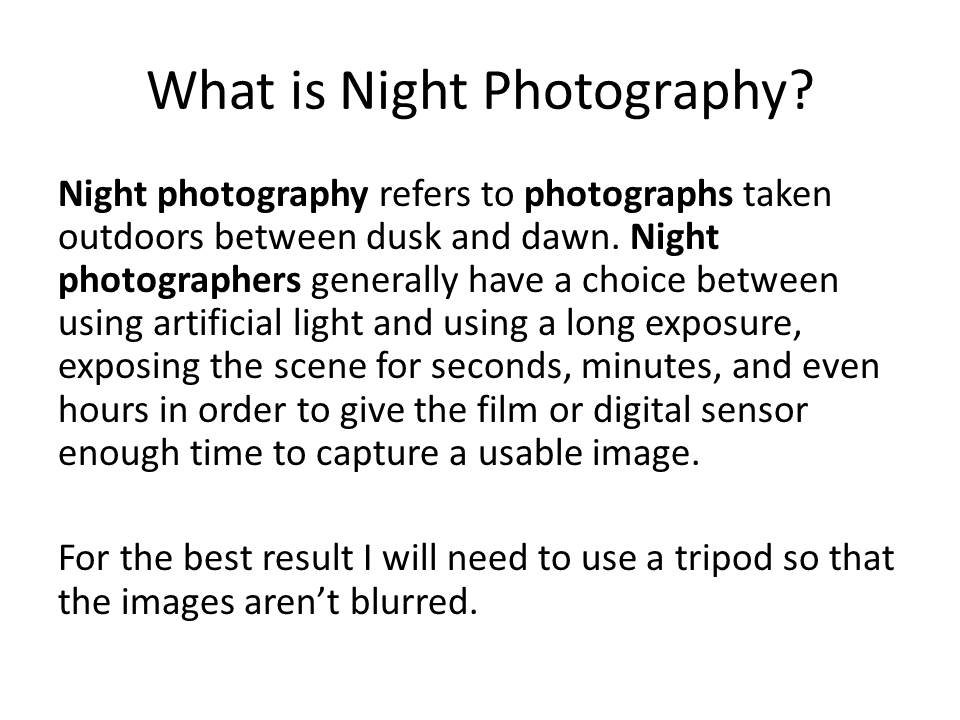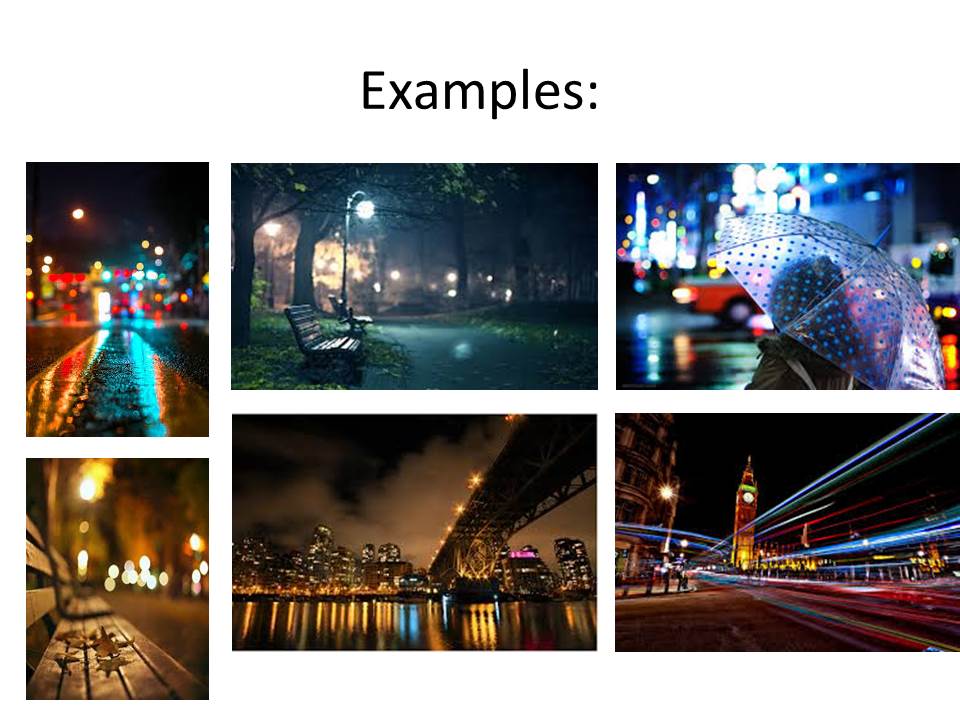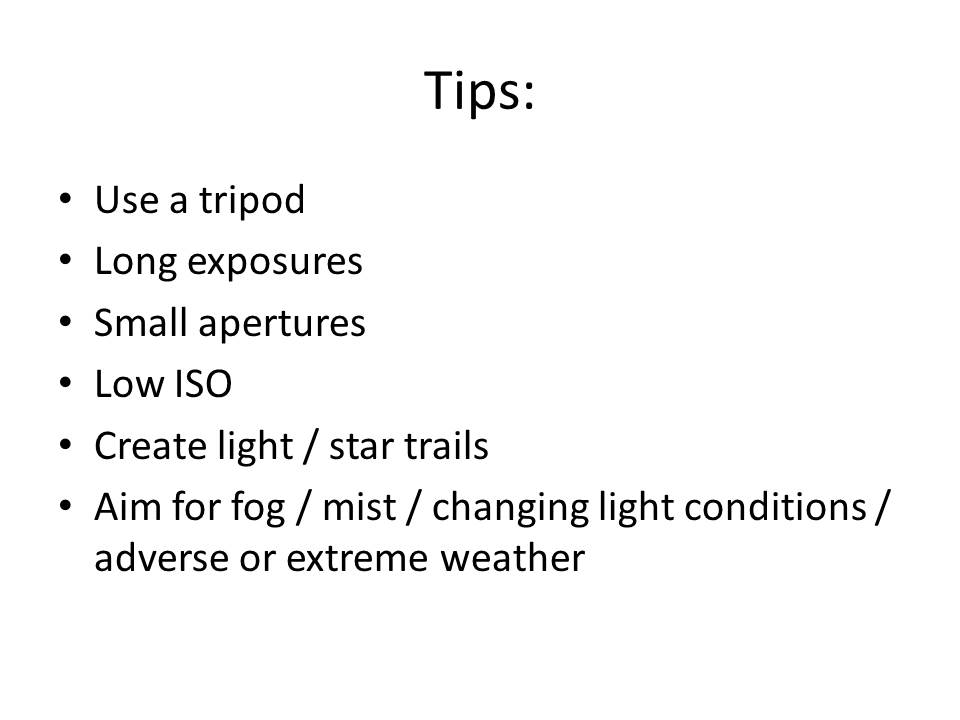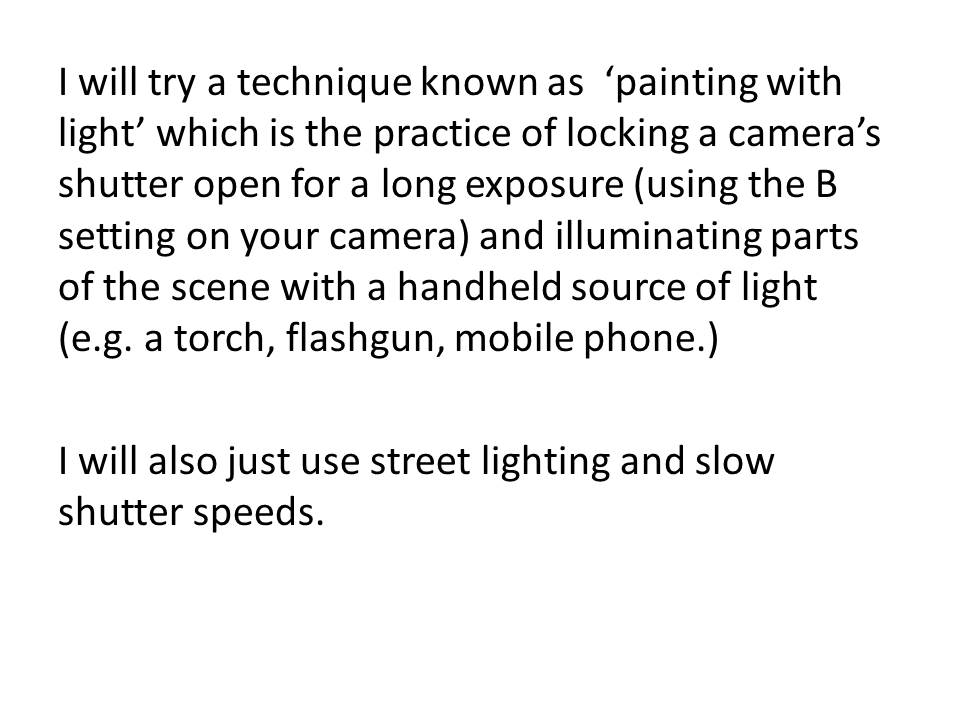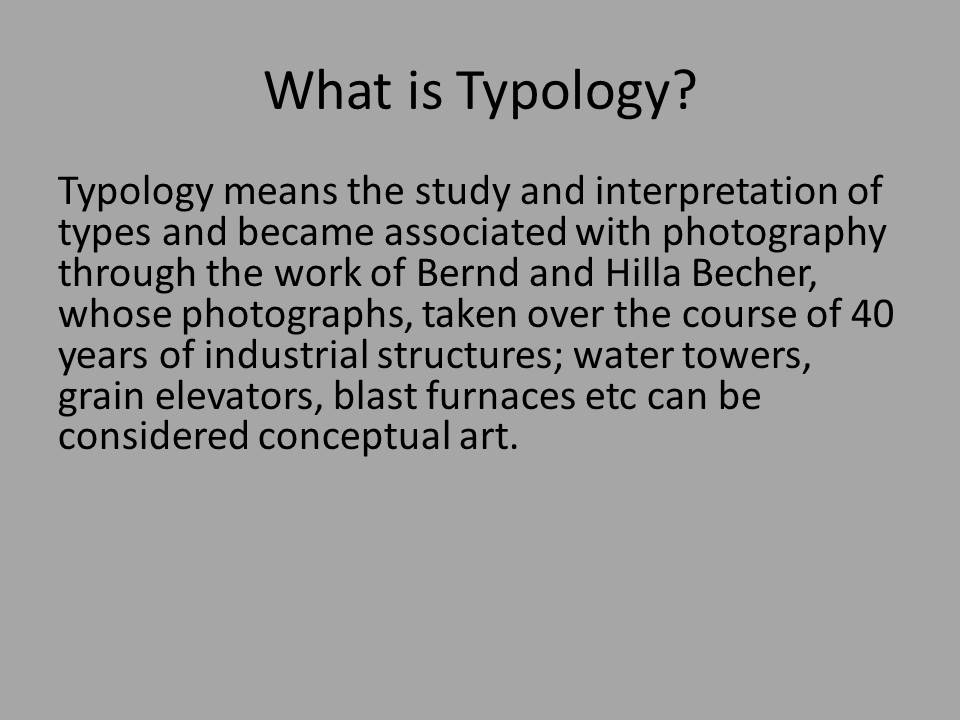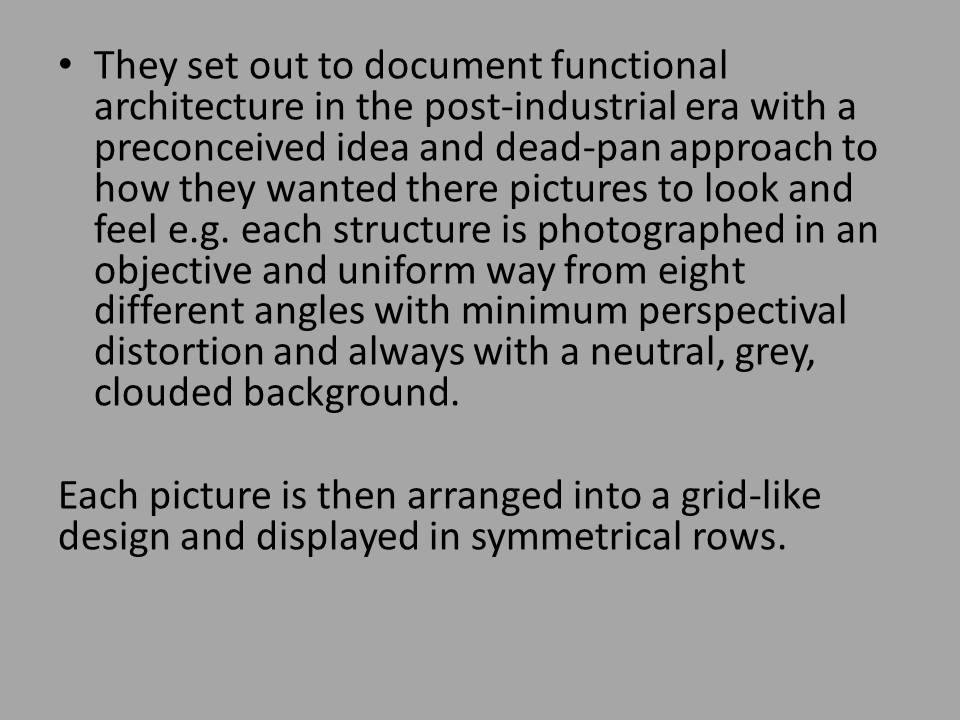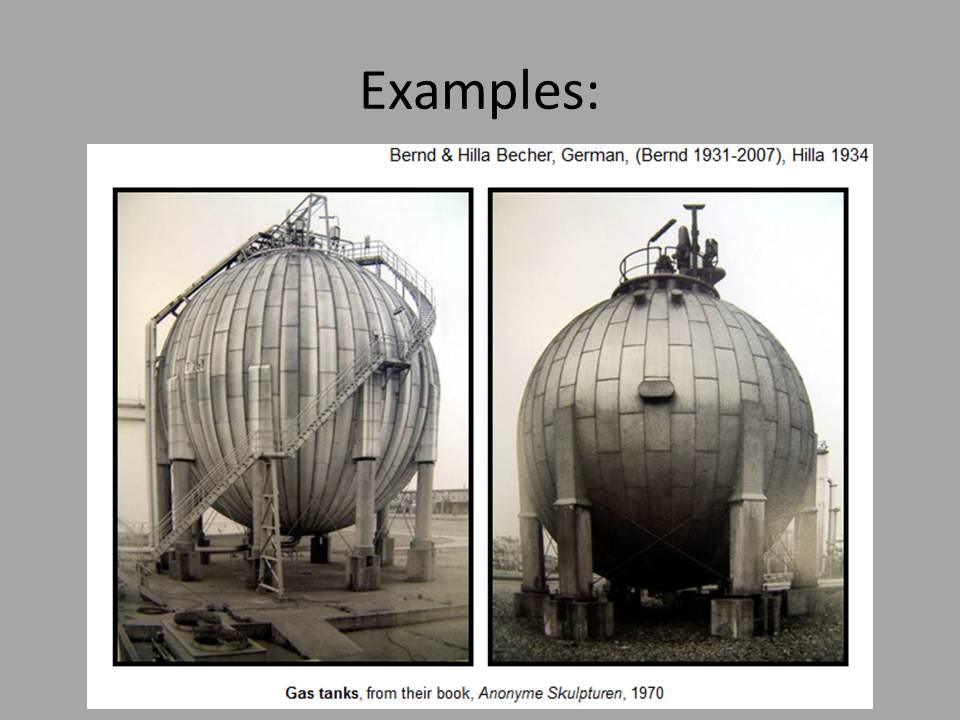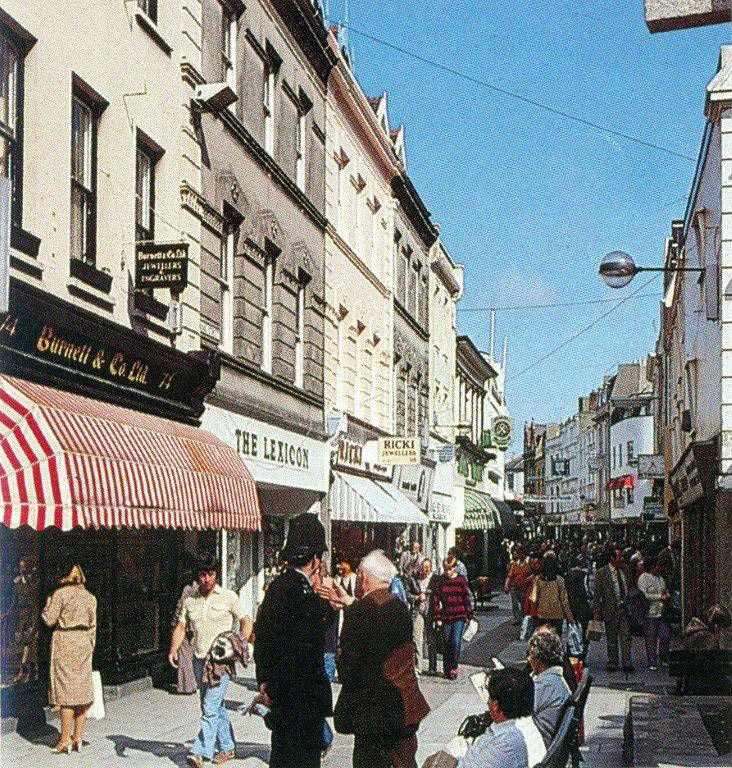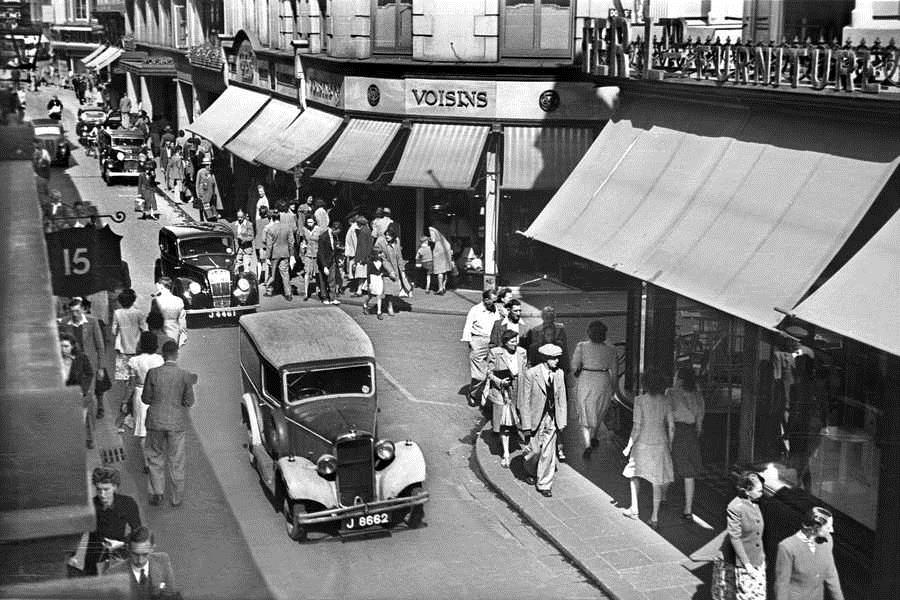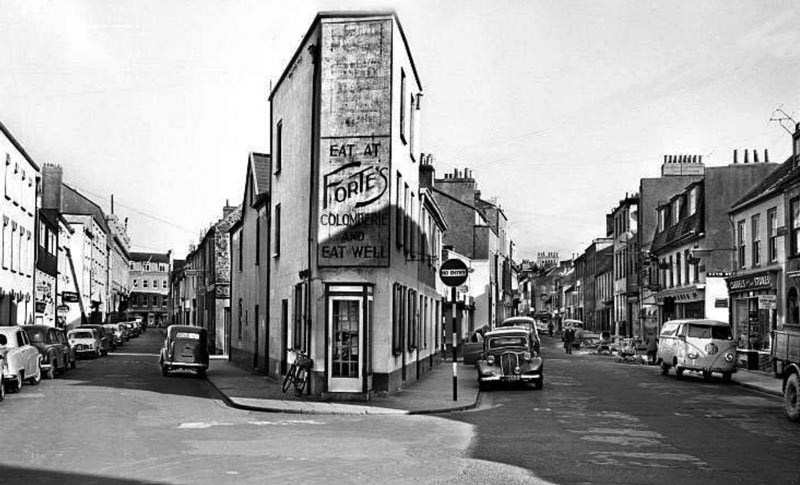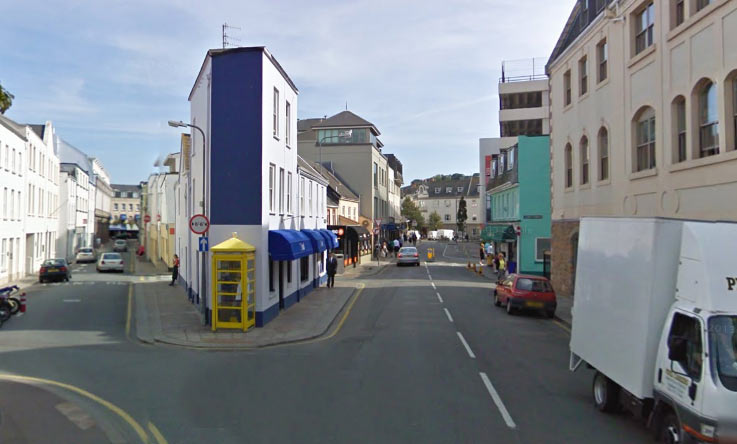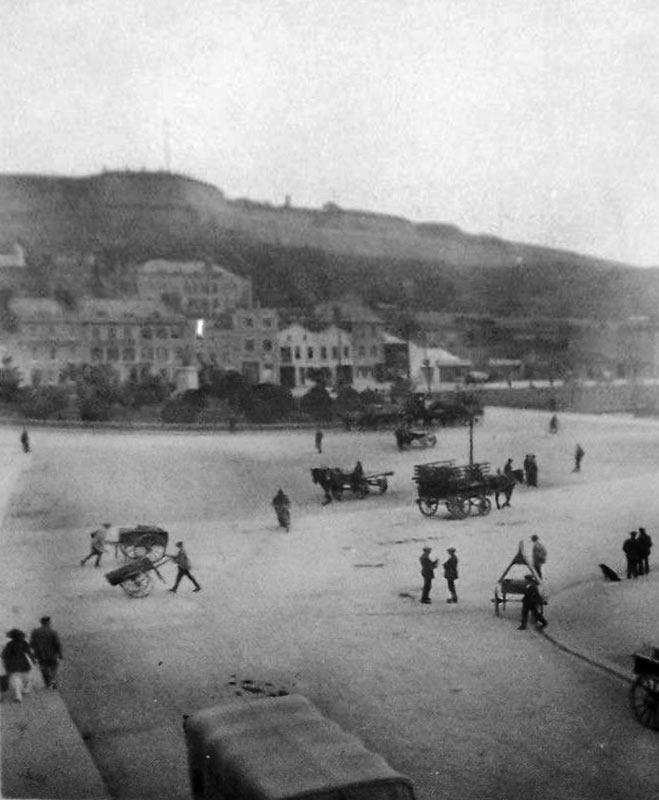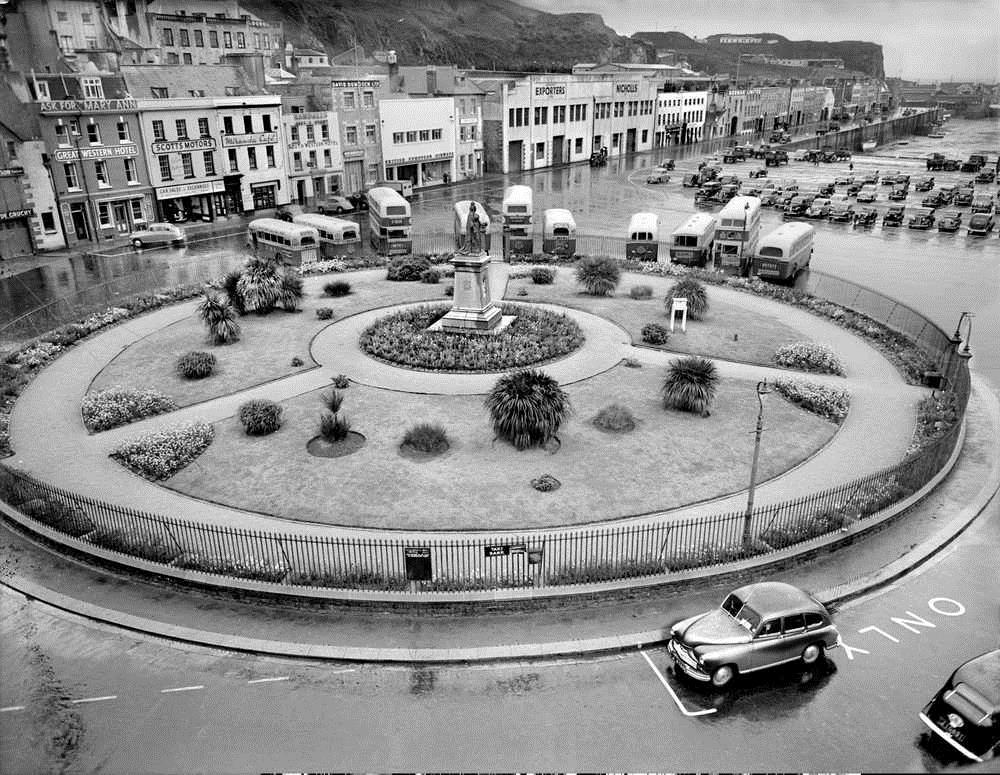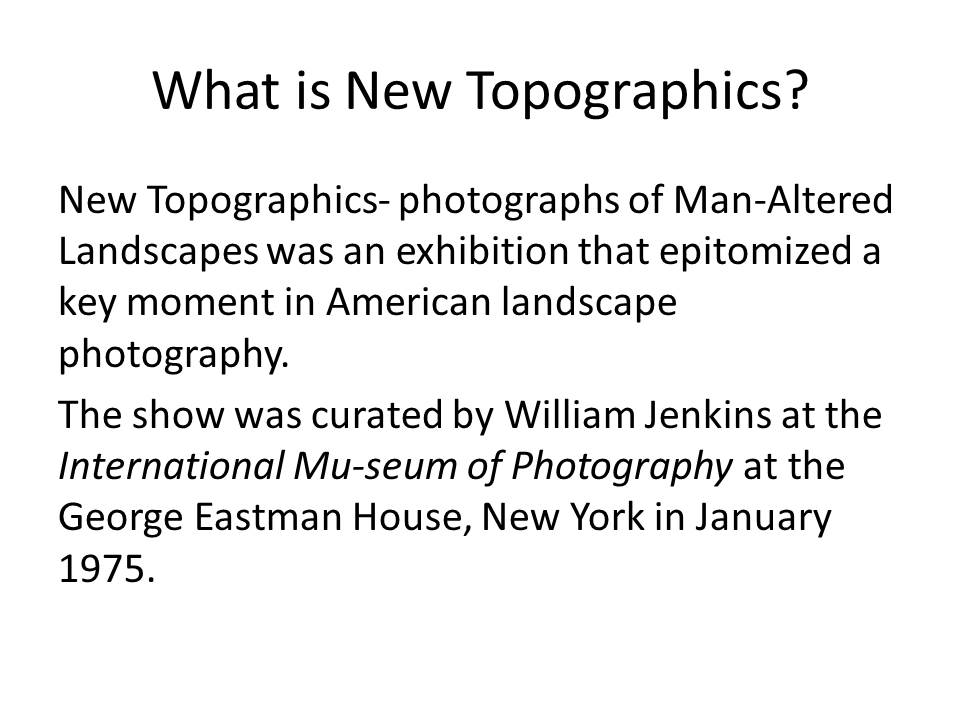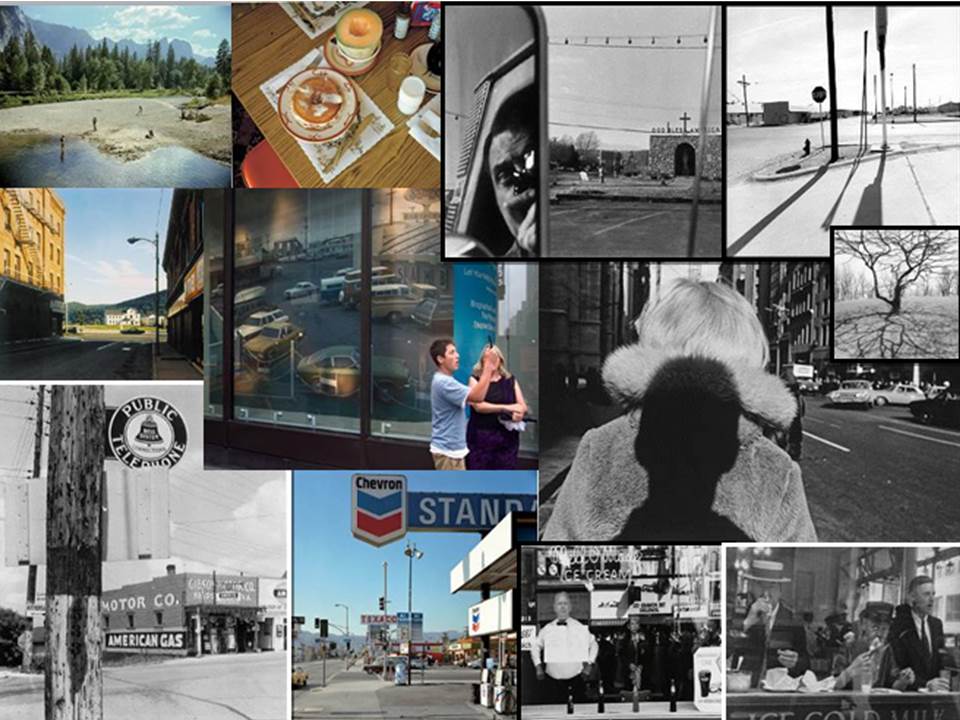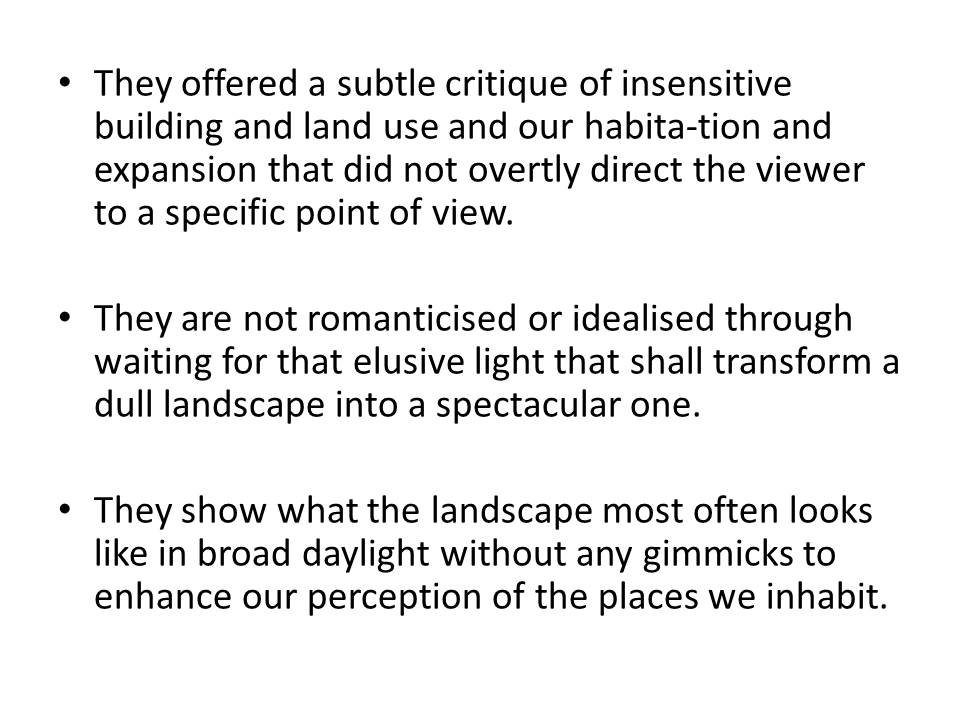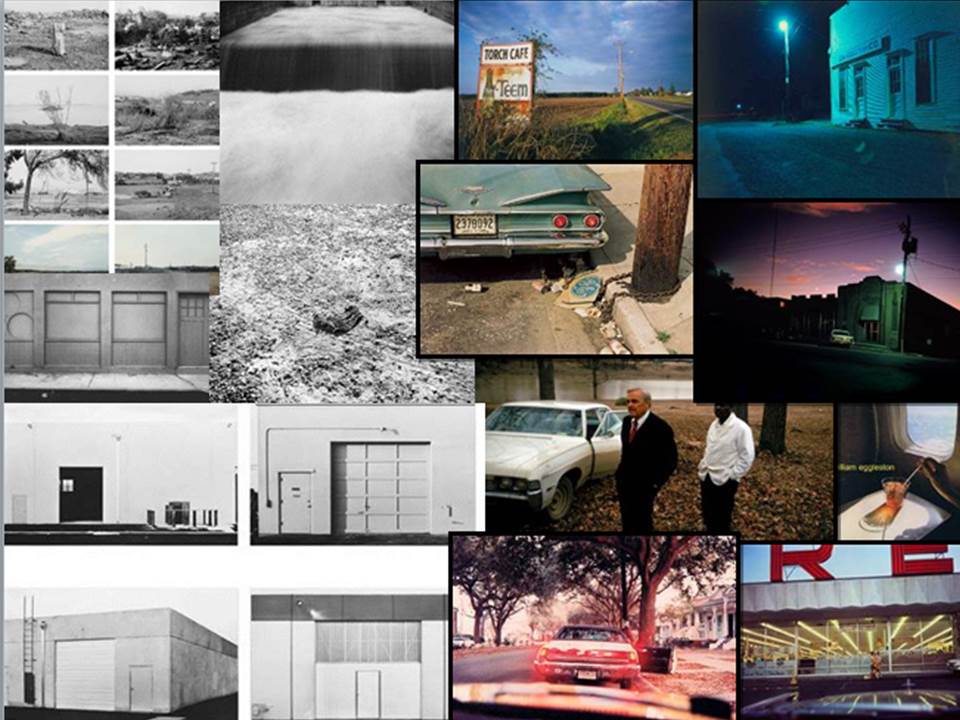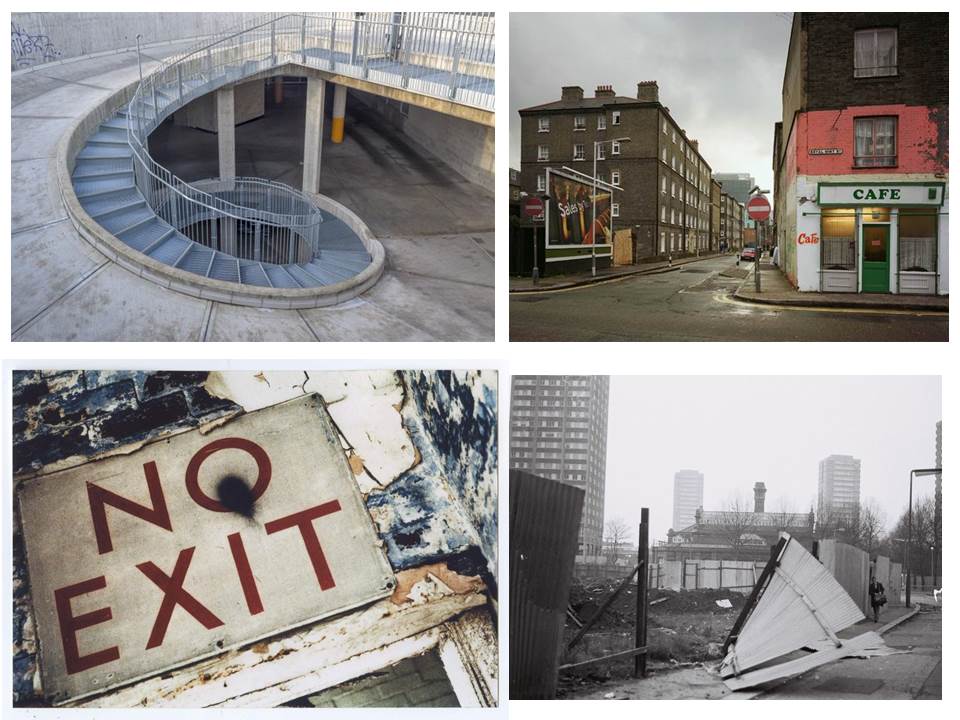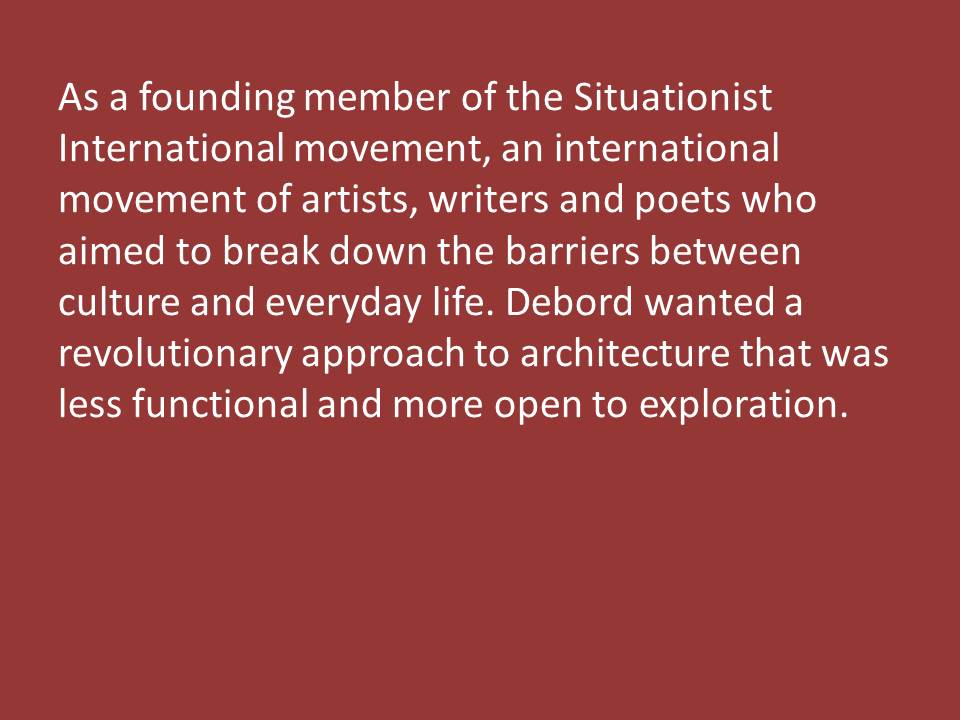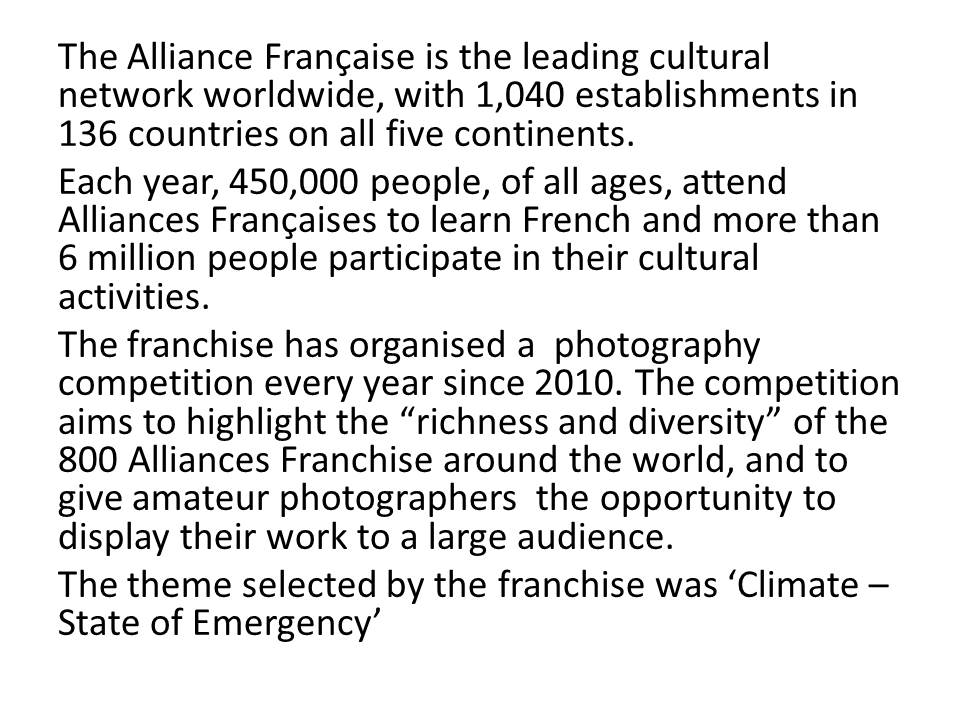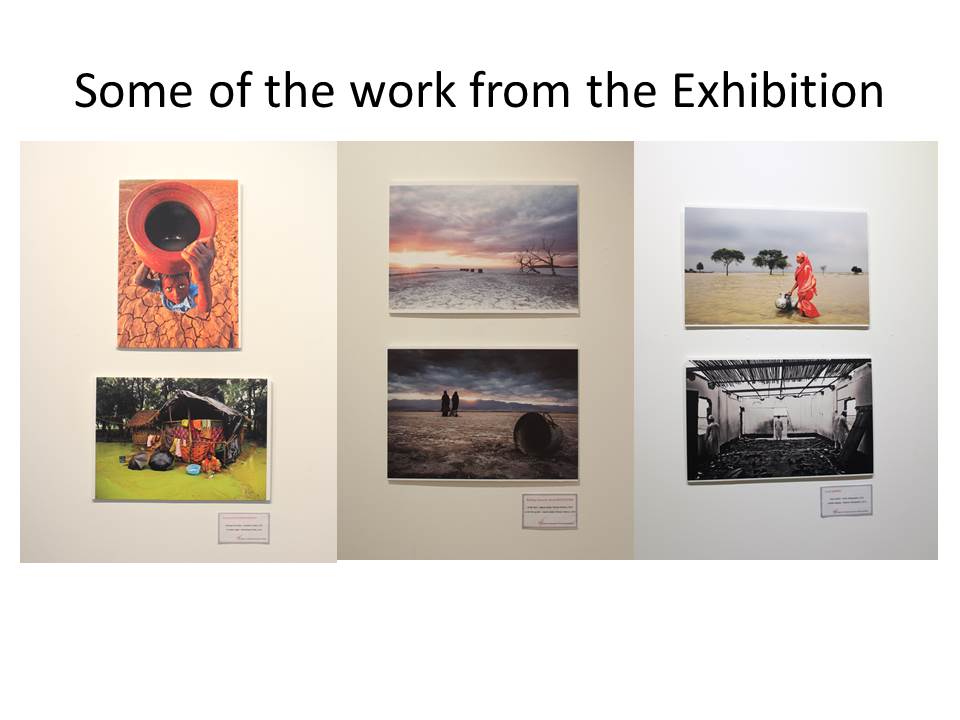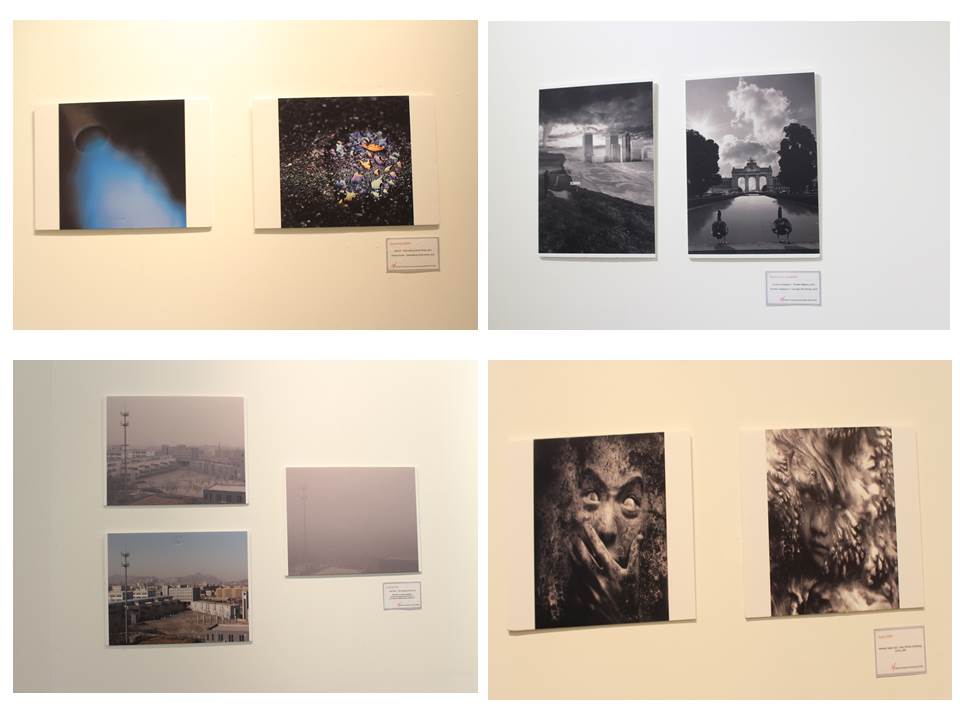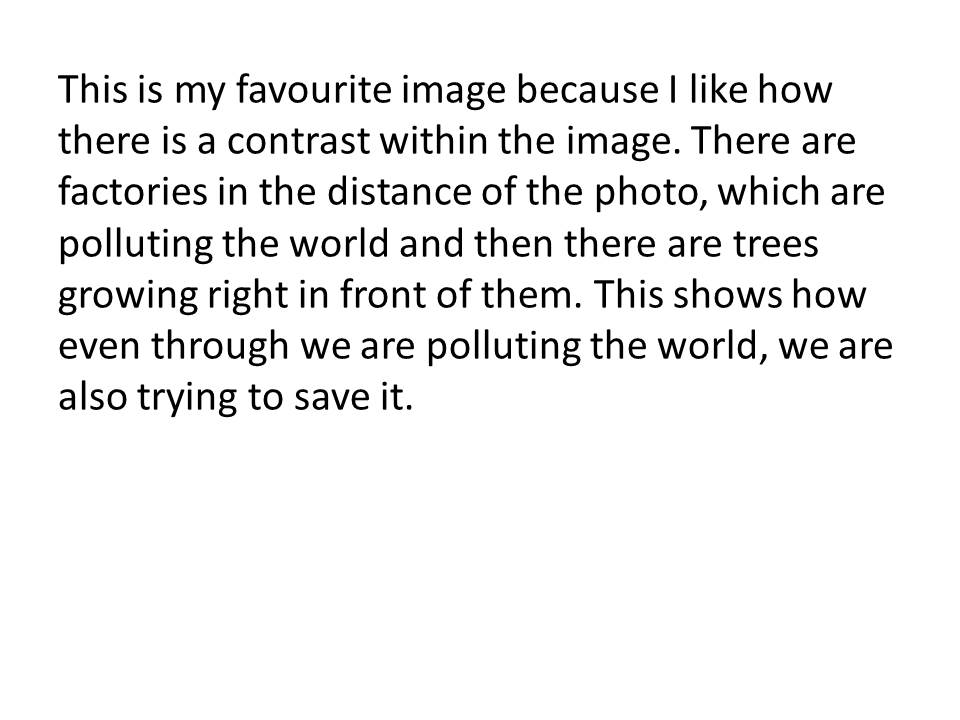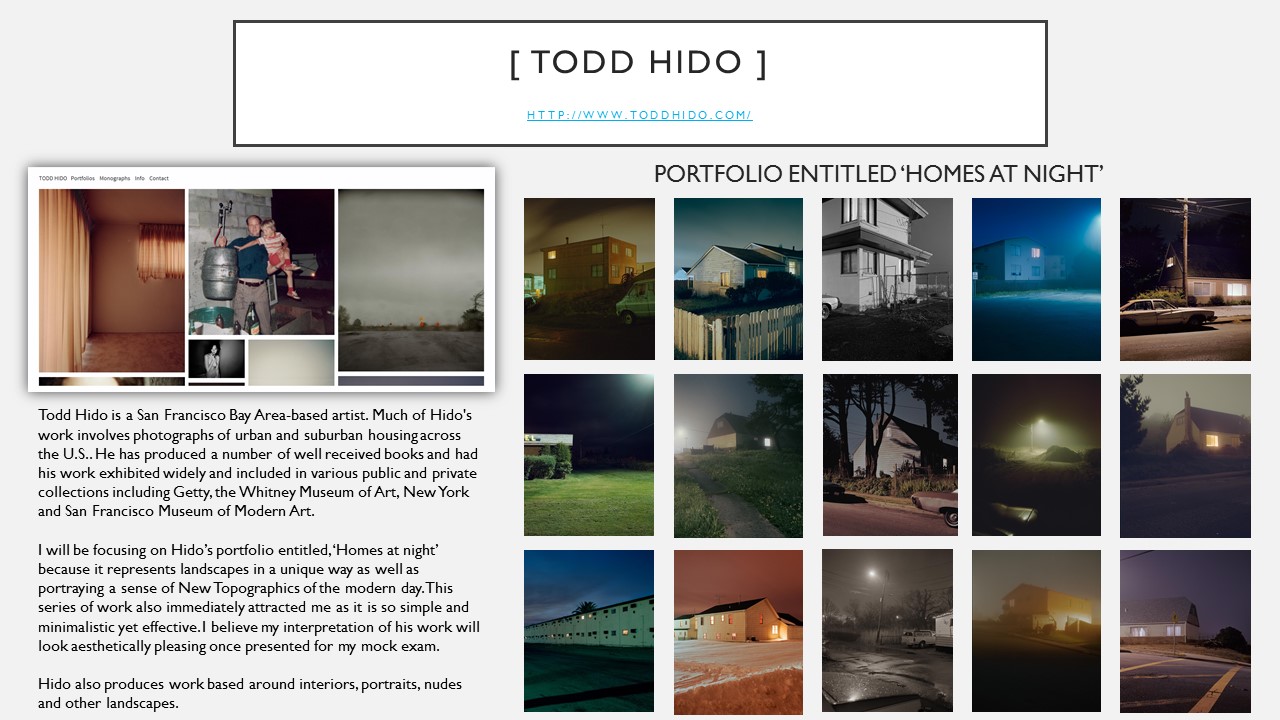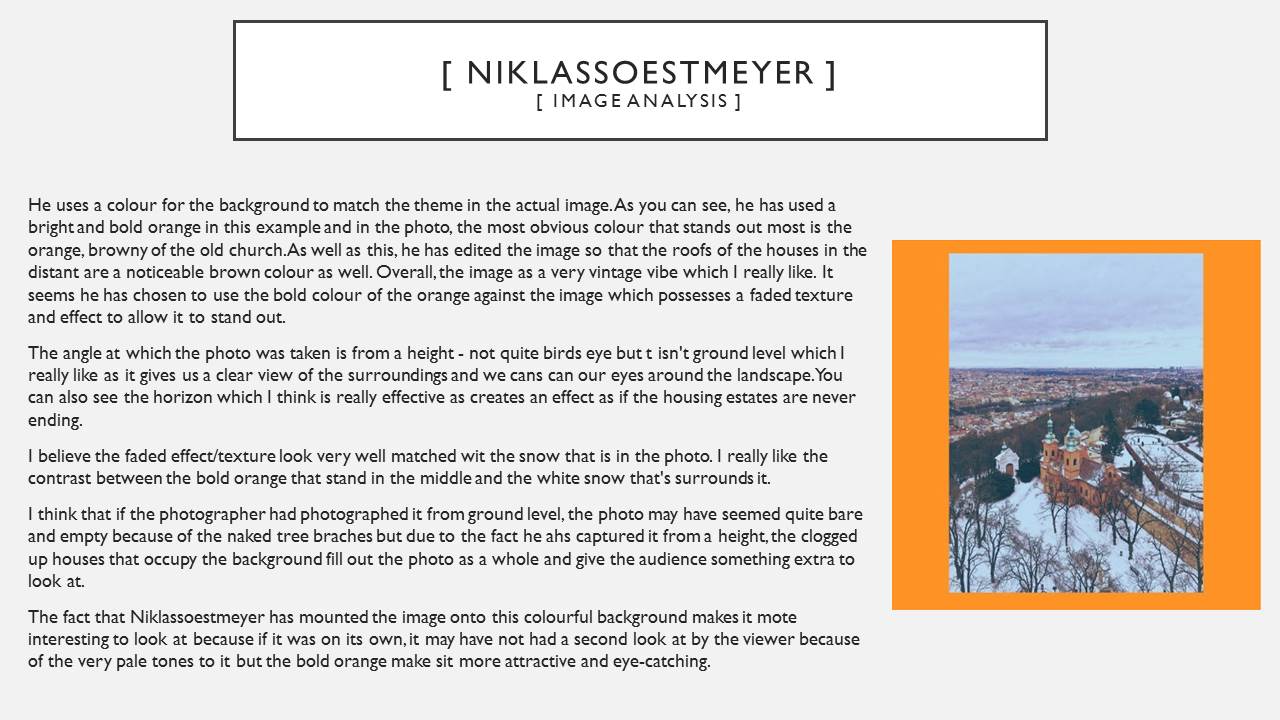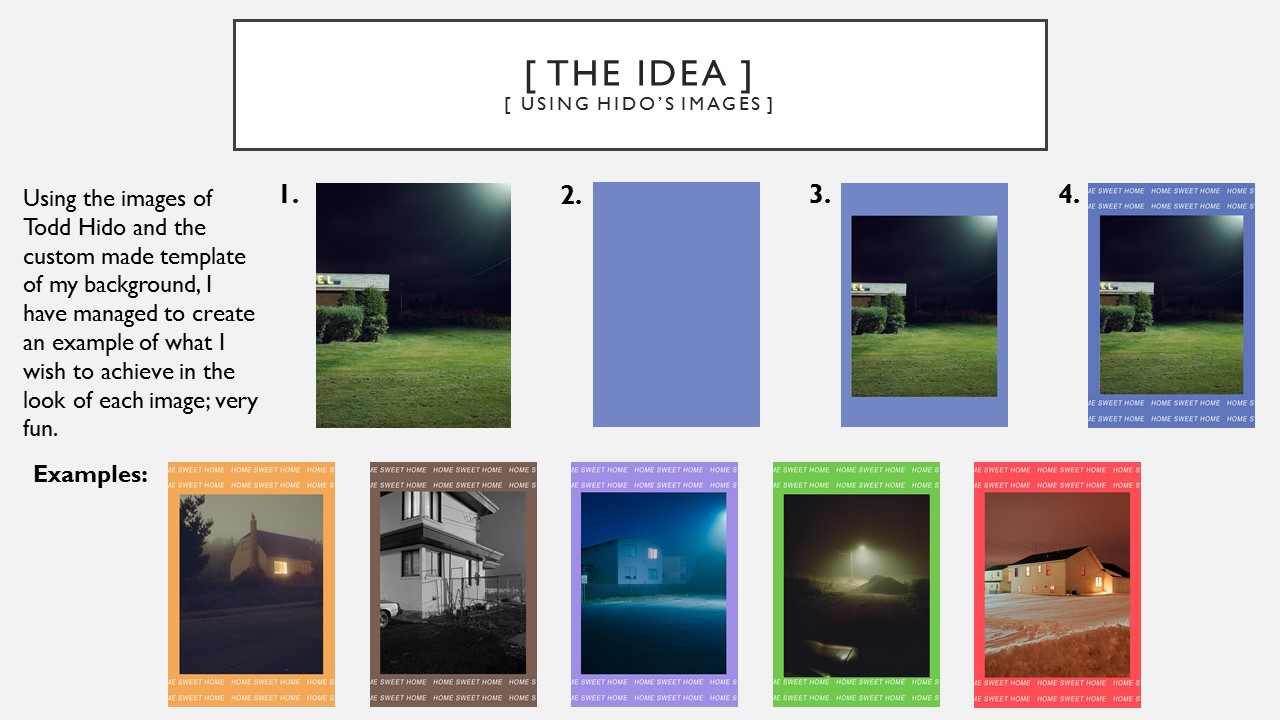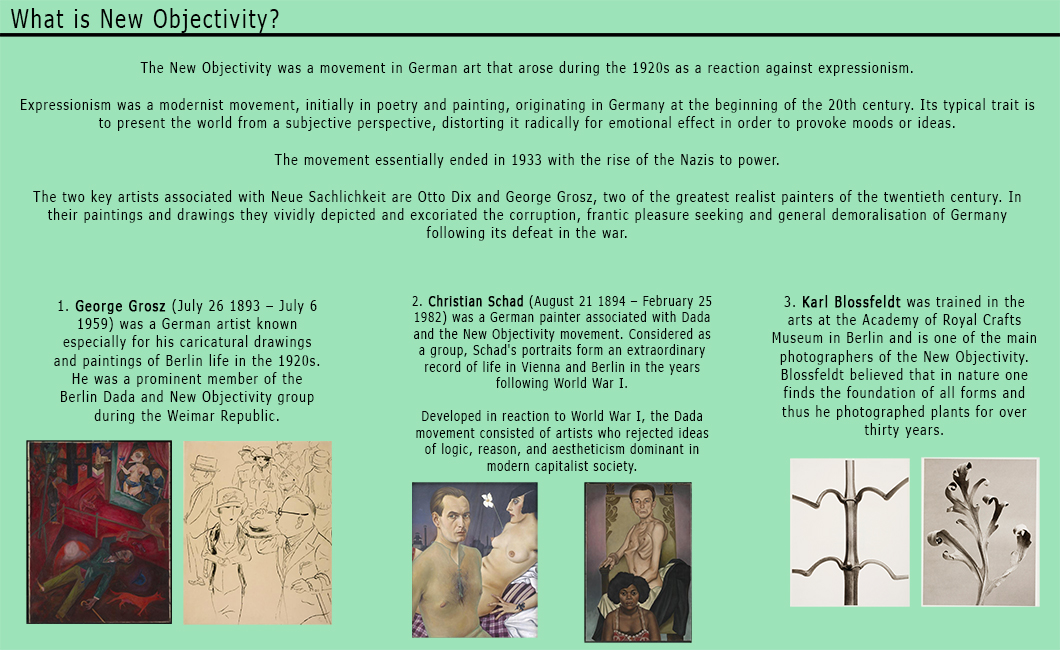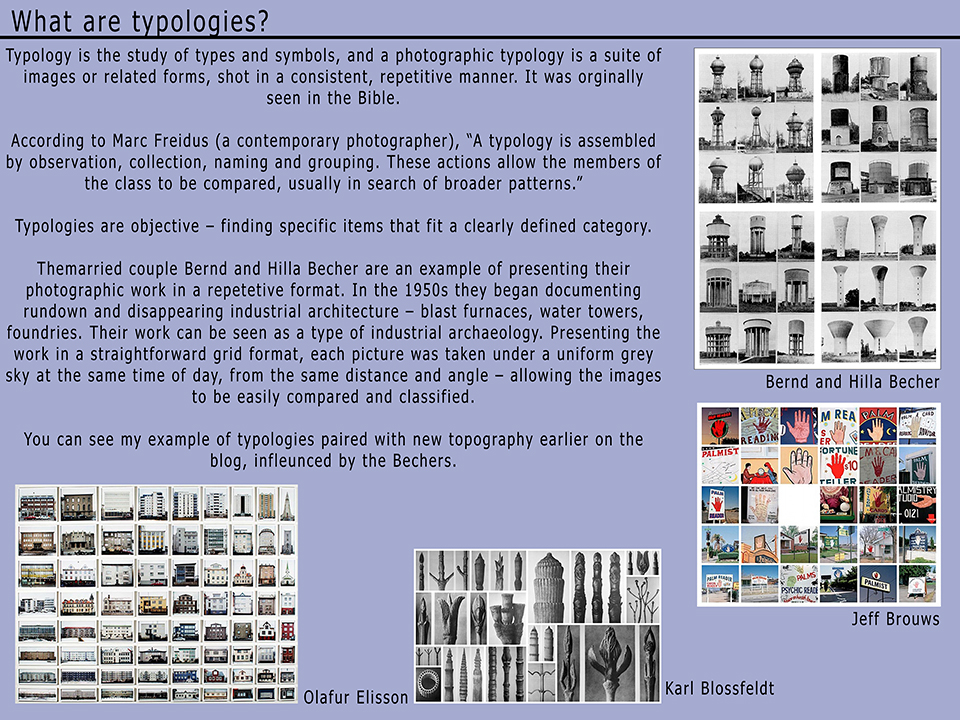Romanticism (Romantic era/Romantic period) was an artistic, literary, musical and intellectual movement that originated in Europe toward the end of the 18th century. Romanticism was characterized by its emphasis on emotion and individualism as well as glorification of all the past and nature, preferring the medieval rather than the classical. It was partly a reaction to the Industrial Revolution.
In photography, photographers who took up the romanticist approach aimed to sensationalise the overall look of their mages by enhancing certain colours to make the image look almost surreal, glorified and they wanted to dramatize certain areas of their photographs.
It is said that “the movement emphasized intense emotion as an authentic source of aesthetic experience, placing new emphasis on such emotions as apprehension, horror and terror, and awe—especially that experienced in confronting the new aesthetic categories of the sublimity and beauty of nature. Romanticism was a huge step away from the subtleties of photography and instead looked very bold and striking.
In the visual arts, Romanticism first showed itself in landscape painting, where from as early as the 1760s British artists began to turn to wilder landscapes and storms, and gothic architecture, even if they had to make do with Wales as a setting. Caspar David Friederich and J.M.W. Turner were born less than a year apart in 1774 and 1775 respectively and were to take German and English landscape painting to their extremes of Romanticism.

Ansel Adams is an example of a modern day photographer who embraced Romanticism. Classed as the master and crucial pioneer of modern landscape photography, inflecting may of our great’s today, Adams used a black and white film in his images he captured of towering mountains, elegant lakes and snowy hills. This added an effect to each of images, differentiating his from others such as Edward Weston as it created a look to the sky which darkened the blue to a mysterious and shadowy, and quite chilling blackish grey colour that casted over the mountains etc. of his photographs. This is a romanticised example of landscape photography.

Charles Baudelaire also stated that,” Romanticism neither depends precisely on choice of subject nor in exact truth, but a mode of feeling.”
There are a variety of exhibitions and competitions where photographers are being asked to capture single images that absorb vision of the romantic qualities of nature within the landscape that surrounds them.

I firstly used the lasso tool to separate the sky from the land. This would allow me to work on the two aspects individually then bring them together at the end. It s easier than attempting to make the sky darker in colour with the land lighter in colour as a whole image.
I then made both aspects black and white and operated on the sky first. I used the brightness and contrast tool to adjust the overall colour as well as shadows, then the levels tool to perfect the levels of black, white and grey in the sky. I also experimented with curves and exposure. I then made the land the right style to complement the sky, much like Ansel Adams.
I finally used the rubber and blending tool to fix up the edges created by separating the tow aspects at the beginning. This made it look ore professional and slick.



